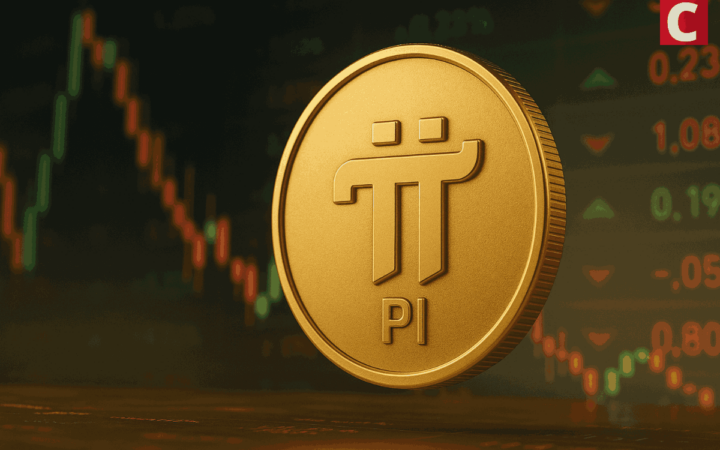Taiwan’s trade negotiators held talks in Washington seeking relief from a 20% tariff while facing growing U.S. pressure to expand chip investments and production on American soil.
The discussions centered on the region’s investment in the U.S. and potential measures to safeguard Taiwan’s semiconductor industry from further tariffs tied to a national security review.
Taiwan negotiators seek lower tariffs in Washington
Senior trade officials from Taipei traveled to Washington for talks about the 20% tariffs on exports to the U.S. market. The high tariff makes every product more expensive, forces buyers to look for cheaper suppliers from other countries, and reduces the ability of Taiwan’s exporters to compete on fair terms.
The talks also covered the island’s semiconductor industry. The region produces most of the world’s most advanced chips, used in smartphones, laptops, cars, aircraft, data centers, and new artificial intelligence systems being built in many countries.
The trade delegation stated that their chips could soon face new tariffs or restrictions, as the United States is conducting a review of technology imports in the name of national security.
Tariffs on semiconductors would impact Taiwan’s economy, and U.S. factories would struggle to manufacture modern products. The delegation asked Washington to approach the issue of semiconductor exports with more caution, as cooperation would provide both sides with greater stability.
At the same time, confrontation would only create shortages and disruptions that would harm everyone.
Journalists sought to learn more about the meeting, but the spokesperson for Taiwan’s Office of Trade Negotiations declined to share much information. This silence has left people guessing about what was exactly agreed upon and what might happen next.
U.S. leaders push Taiwan to expand chip production in America
U.S. Commerce Secretary Howard Lutnick said the island’s leading chip companies should continue to supply the United States from factories on the island. He also suggested that Taiwan should establish many more factories within the United States itself. He explained that instead of shipping most semiconductors across the ocean, Taiwan should produce at least half of all chips that Americans need directly in the U.S.
The United States has become increasingly concerned about its reliance on Taiwan for chips due to security concerns. The U.S. uses these chips in cars, computers, phones, planes, hospitals, and even national defense systems, so the American economy and its security could face sudden shortages if anything were to disrupt normal supply.
Washington has already begun providing financial support and tax incentives to encourage the establishment of more chip factories domestically, and is seeking foreign partners to join in this effort.
Taiwan’s negotiators tried to improve the atmosphere by reminding the Americans about the island’s earlier pledge. It promised to buy $10 billion worth of U.S. soybeans and other farm products over the next four years as a gesture of goodwill and to help alleviate trade tensions.
They hoped to demonstrate good faith by showing that they are willing to provide benefits to America in areas beyond semiconductors, as the U.S. request was so large and could have serious implications for Taiwan. This commitment gave Washington something positive to focus on while both sides debated the future of chip production.
The atmosphere became even more supportive when the top American official in charge of farm trade, Luke Lindberg, traveled to Taiwan during the meetings. The farm deal, cabinet visit, and ongoing talks demonstrate that the U.S. and Taiwan are attempting to navigate a complex relationship. A relationship in which the U.S. wants Taiwan to invest heavily in America, while the island seeks to protect its economy and maintain its strongest ally’s satisfaction through positive trade gestures.
If you’re reading this, you’re already ahead. Stay there with our newsletter.
Source: https://www.cryptopolitan.com/taiwan-seeks-tariff-relief/



